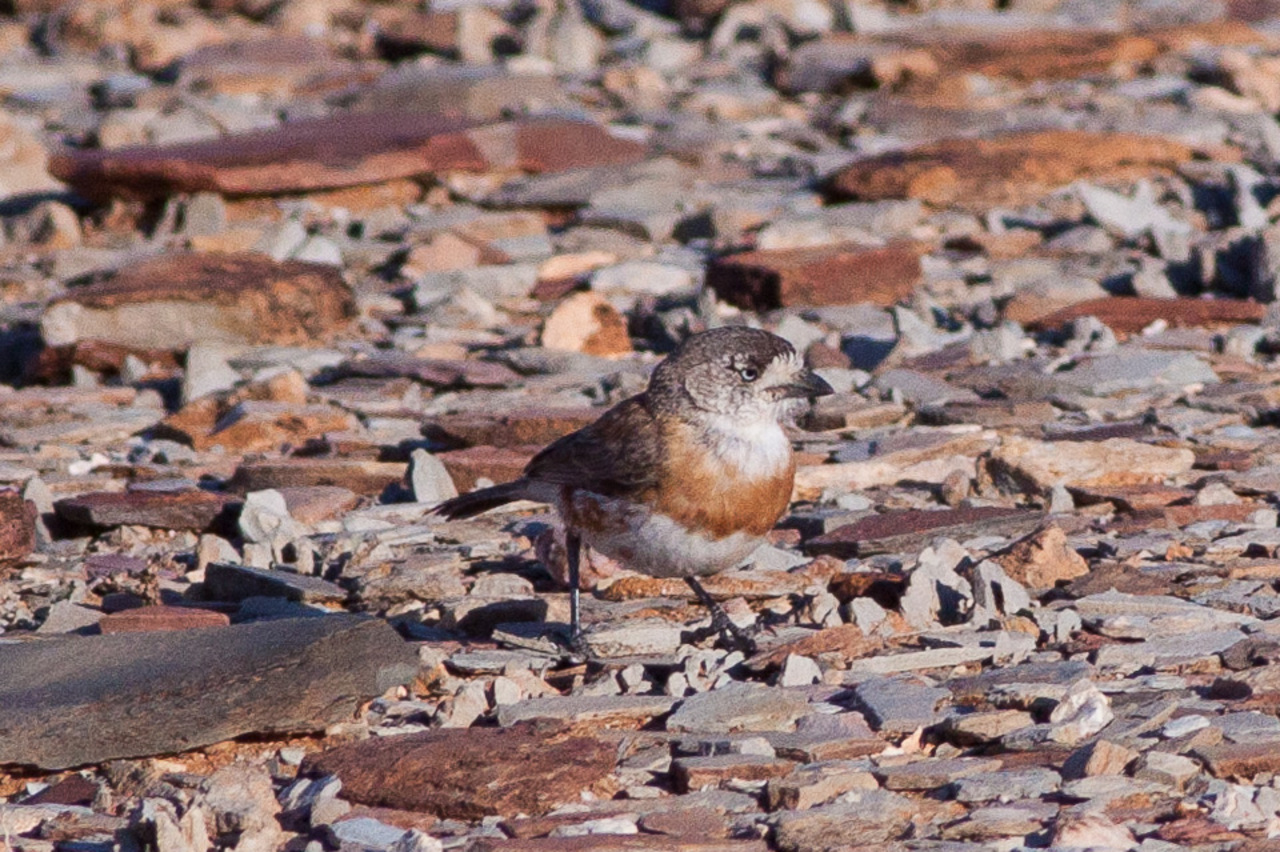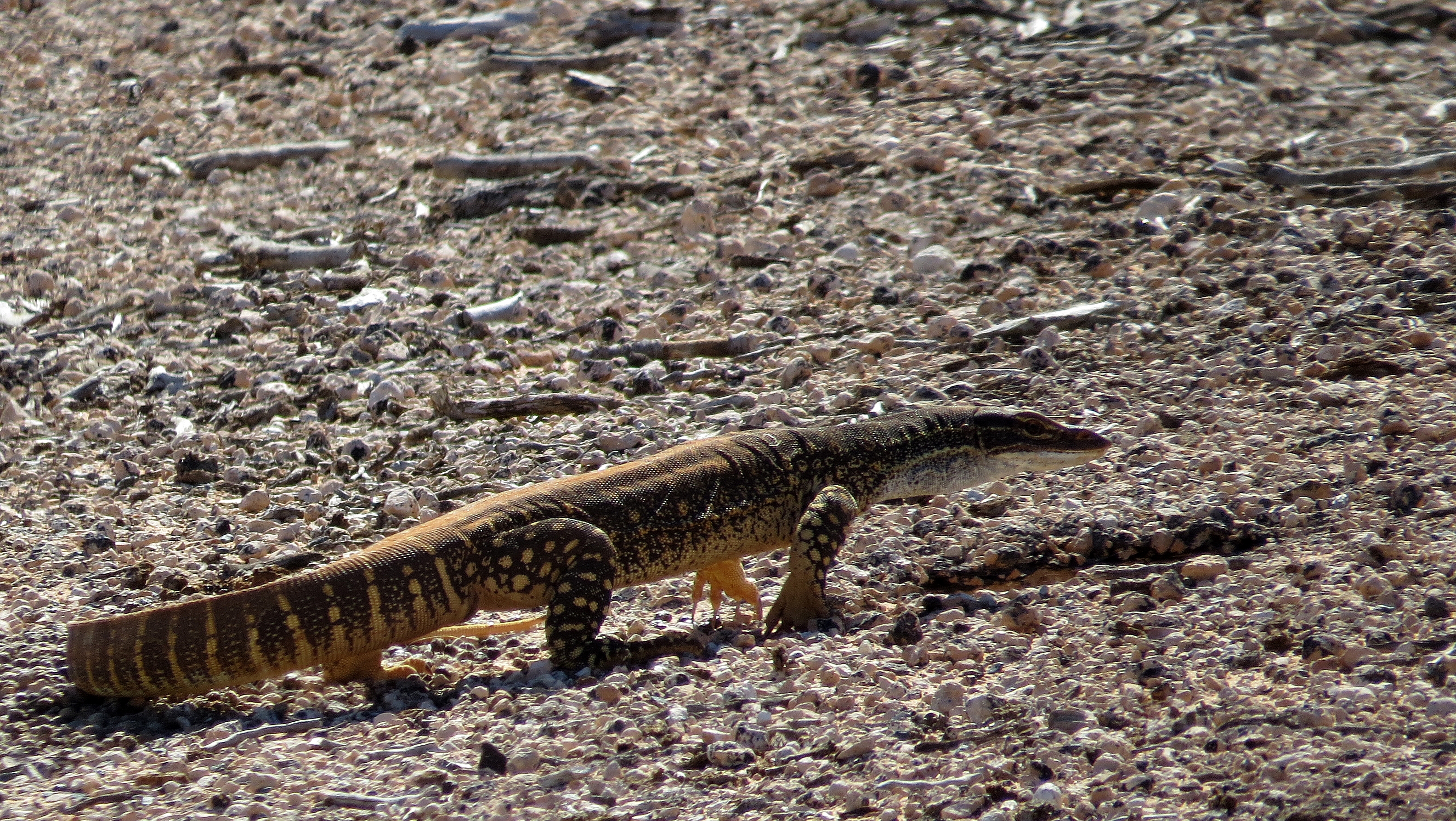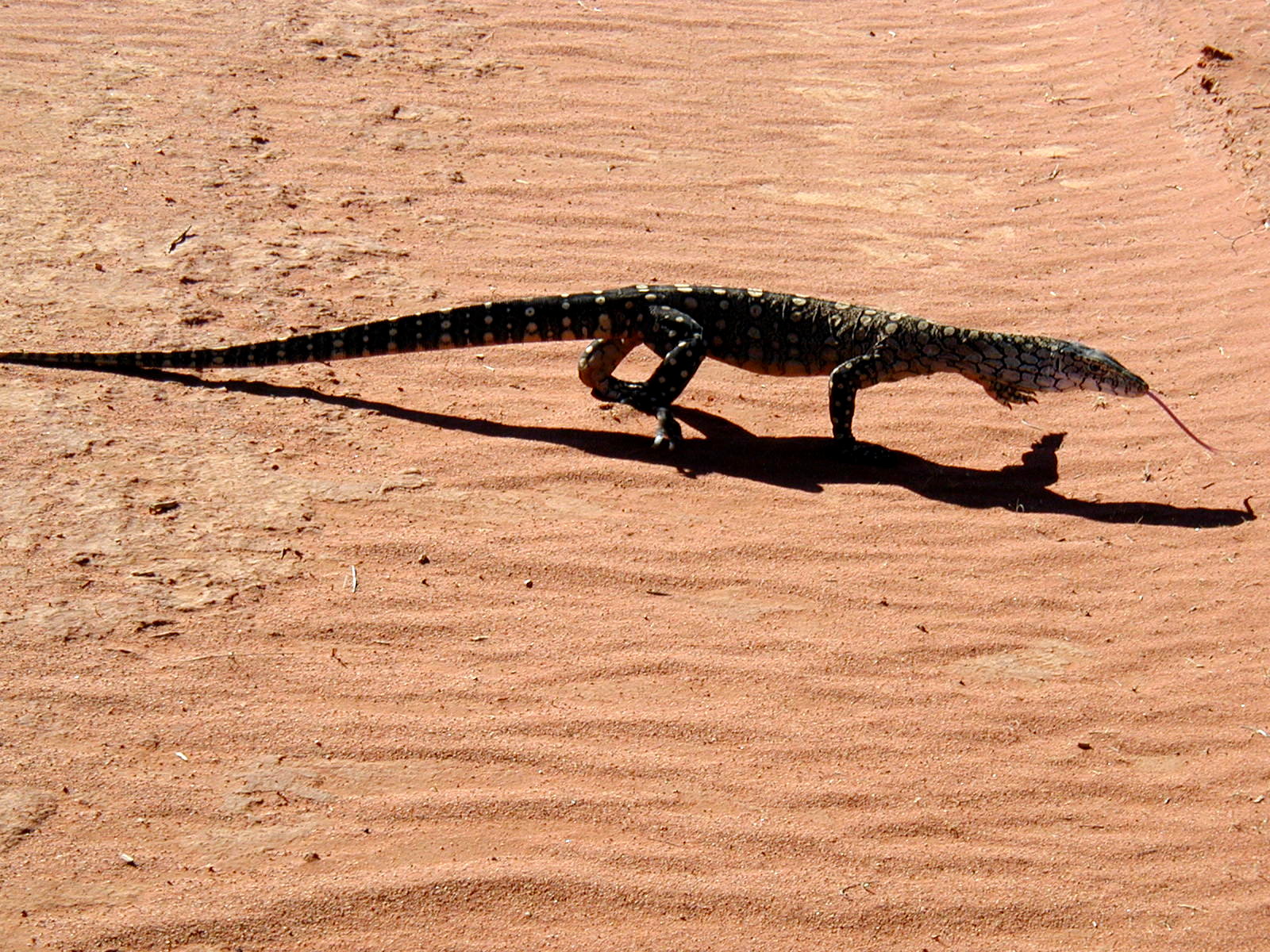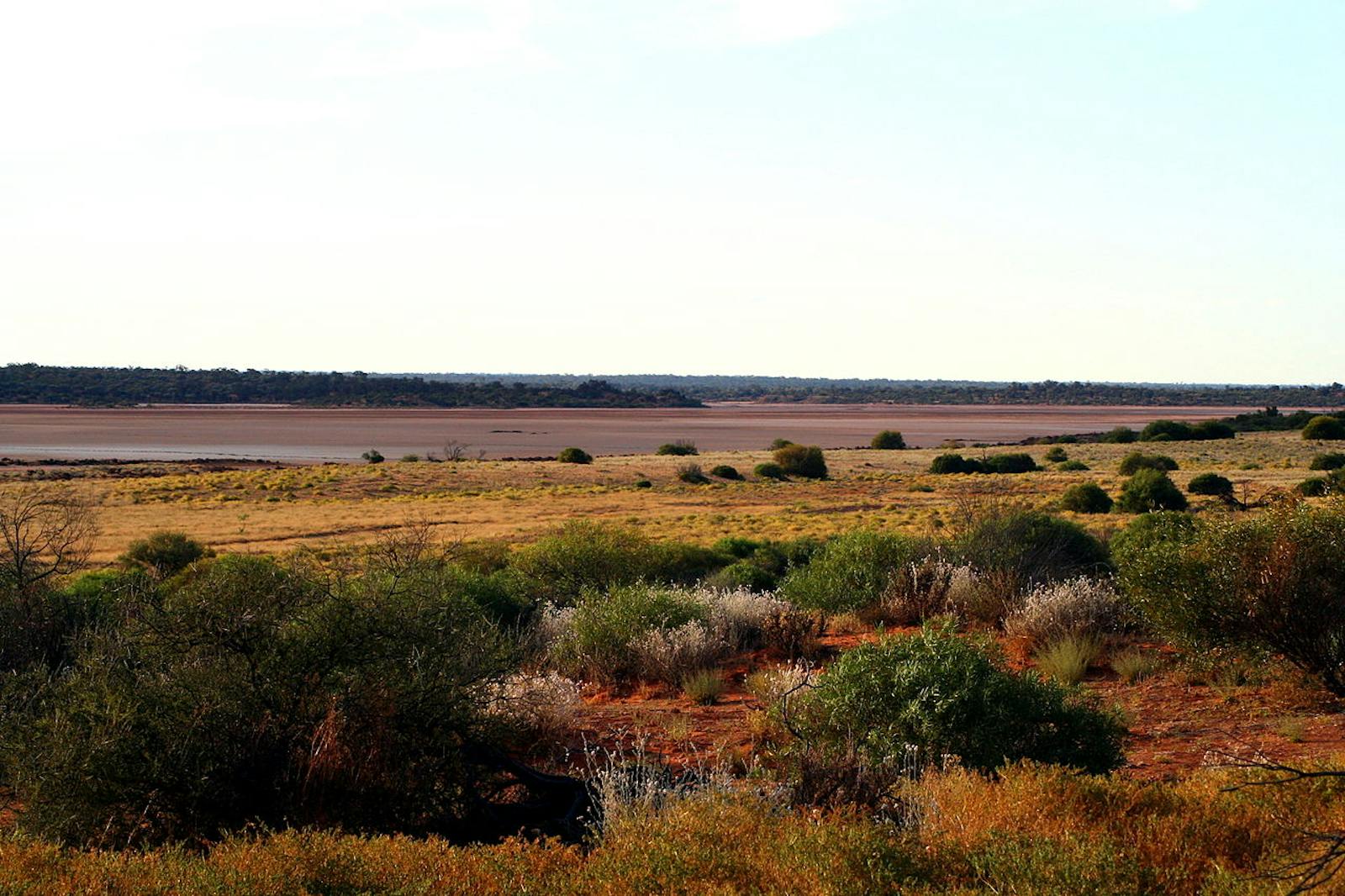Great Victoria Desert
The ecoregion’s land area is provided in units of 1,000 hectares. The conservation target is the Global Safety Net (GSN1) area for the given ecoregion. The protection level indicates the percentage of the GSN goal that is currently protected on a scale of 0-10. N/A means data is not available at this time.
Bioregion: Greater Australian Interior Desert & Shrublands (AU7)
Realm: Australasia
Ecoregion Size (1000 ha):
42,402
Ecoregion ID:
211
Conservation Target:
94%
Protection Level:
3
States: Australia
The Great Victoria Desert is a global hotspot for reptile diversity, with the colourful thorny devil (Moloch horridus) being one of the most spectacular. These largely yellow lizards acquire water from their ant diet and the morning dew that settles on their extraordinary dense and long thorns. Over 100 species of reptile have been documented, including numerous geckos, agamids, skinks, goannas, and elapid snakes. In the western reaches of the desert, up to 9 gecko species co-occur in the same site, utilizing a range of habitats from rocks and salt flats to sand ridges.

The flagship species of the Great Victoria Desert ecoregion is the chestnut-breasted whiteface. Image credit: Creative Commons
The desert is largely covered in open woodlands of Eucalyptus gongylocarpa, E. pyriformis, and E. socialis with a hummock grass understory (Triodia spp., mainly T. basedownii), mulga (Acacia aneura) with other grasses (Aristida spp. and Plectrachne spp.), or belah (Casuarina cristata) with shrubs (Maireana sedifolia, Dodenaea attenuata). Gibber plains covered in varnished pebbles have little vegetation, though after abundant rains ephemeral Fabaceae, Compositae, and Amaranthaceae flowers cover the broad plains with swathes of color.
Many of the vertebrate species have relatively wide distributions, though the endangered chestnut-breasted whiteface (Aphelocephala pectoralis) has a relatively restricted range. The malleefowl (Leipoa ocellata) is an unusual ground bird occurs here. The little-known night or spinifex parrot (Geopsittacus occidentalis) is recorded here, as well. The great desert skink (Egernia kintorei) was rediscovered a few decades ago.

Sand goanna. Image credit: John Tann, Creative Commons
Mammals include the endangered sandhill dunnart (Sminthopsis psammophila), the endangered marsupial mole (Notoryctes typhlops), and the vulnerable mulgara (Dasycercus cristicauda). Several mammals have been lost or extirpated, including the the pig-footed bandicoot (Chaeropus ecaudatus), short-tailed hopping mouse (Notomys amplus), long-tailed hopping mouse (N. longicaudatus), and lesser stick-nest rat (Leporillus apicalis). The greater stick-nest rat (L. conditor) still occurs.

Perentie. Image credit: Creative Commons
There are currently 9 threatened plant species, 10 threatened mammal species, 4 threatened bird species, and 1 threatened reptile species. Little grazing or clearing of habitat occurs, though military activities have brought in roads and radiation from nuclear tests in areas. Feral rabbits and mice degrade native vegetation and introduced foxes, feral cats, and dingos prey on native wildlife. Despite having the largest conservation areas in South Australia—the Unnamed Conservation Park (21,289 km2) and the indigenous Pitjantjatjara lands—there are limited conservation actions. Other protected areas include Gibson Desert Nature Reserve, Mamungari Conservation Park, Warburton, Yulara, and Tallaringa Conservation Park.
The priority conservation actions for the next decade are to: 1) implement protection and recovery plans for the sandhill dunnart and malleefowl; 2) expand population control programs for feral cat, rabbit, and fox, especially within key protected areas; and 3) ensure that several Acacia corridors that cross the ecoregion remain intact.
Citations
- Cogger H. 2000. Reptiles and amphibians of Australia. Reed New Holland, Sydney, Australia.
- Greenslade P, L Joseph, R Barley (editors). 1986. The Great Victoria Desert. Nature Conservation Society of South Australia, Adelaide, Australia.
- Pianka ER. 1984. Diversity and adaptive radiations of Australian desert lizards. Pages 371-376 in M Archer, G Clayton (editors), Vertebrate zoogeography and evolution in Australasia. Hersperian Press, Perth, Australia.



